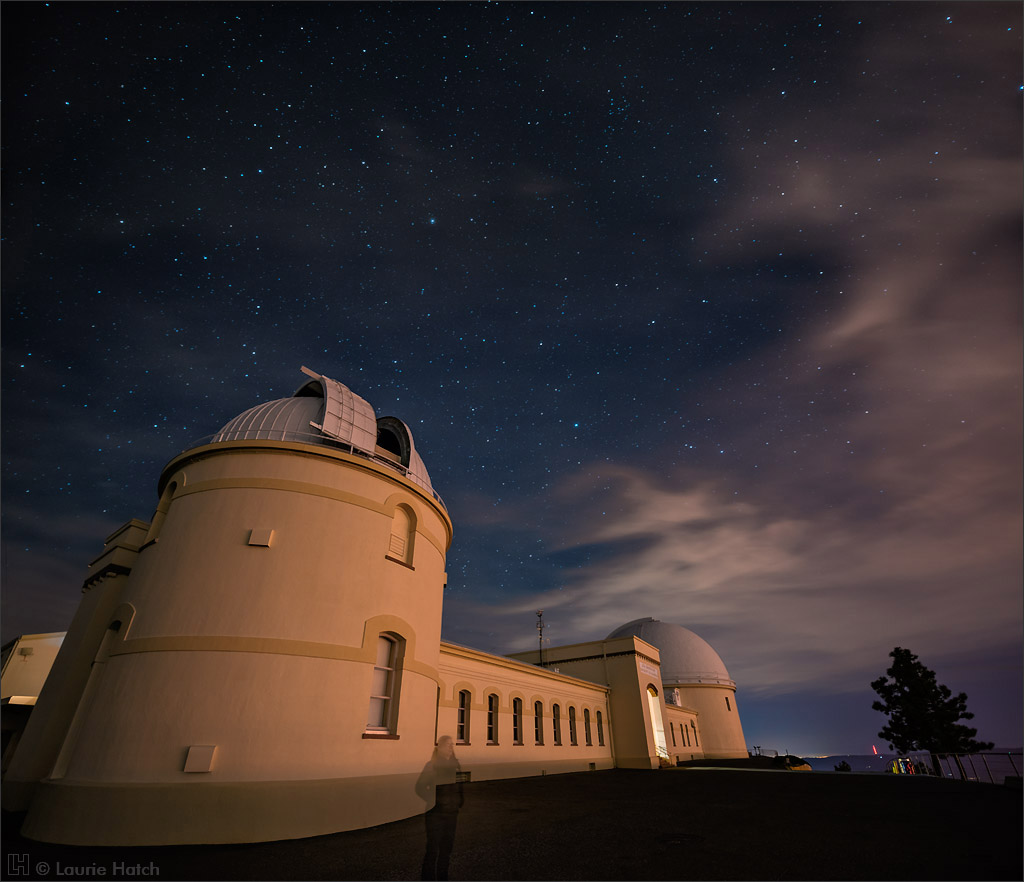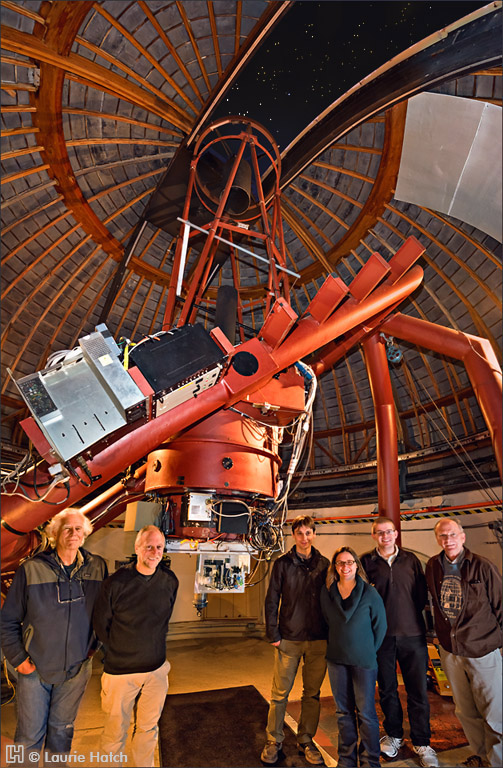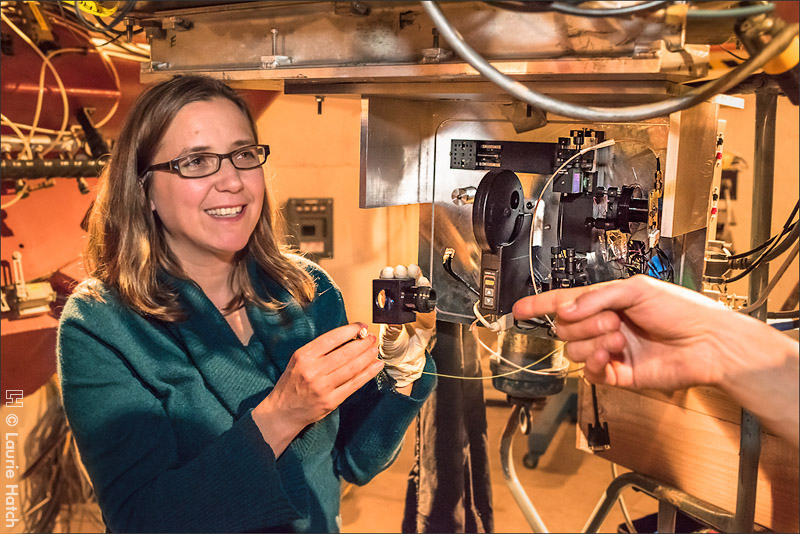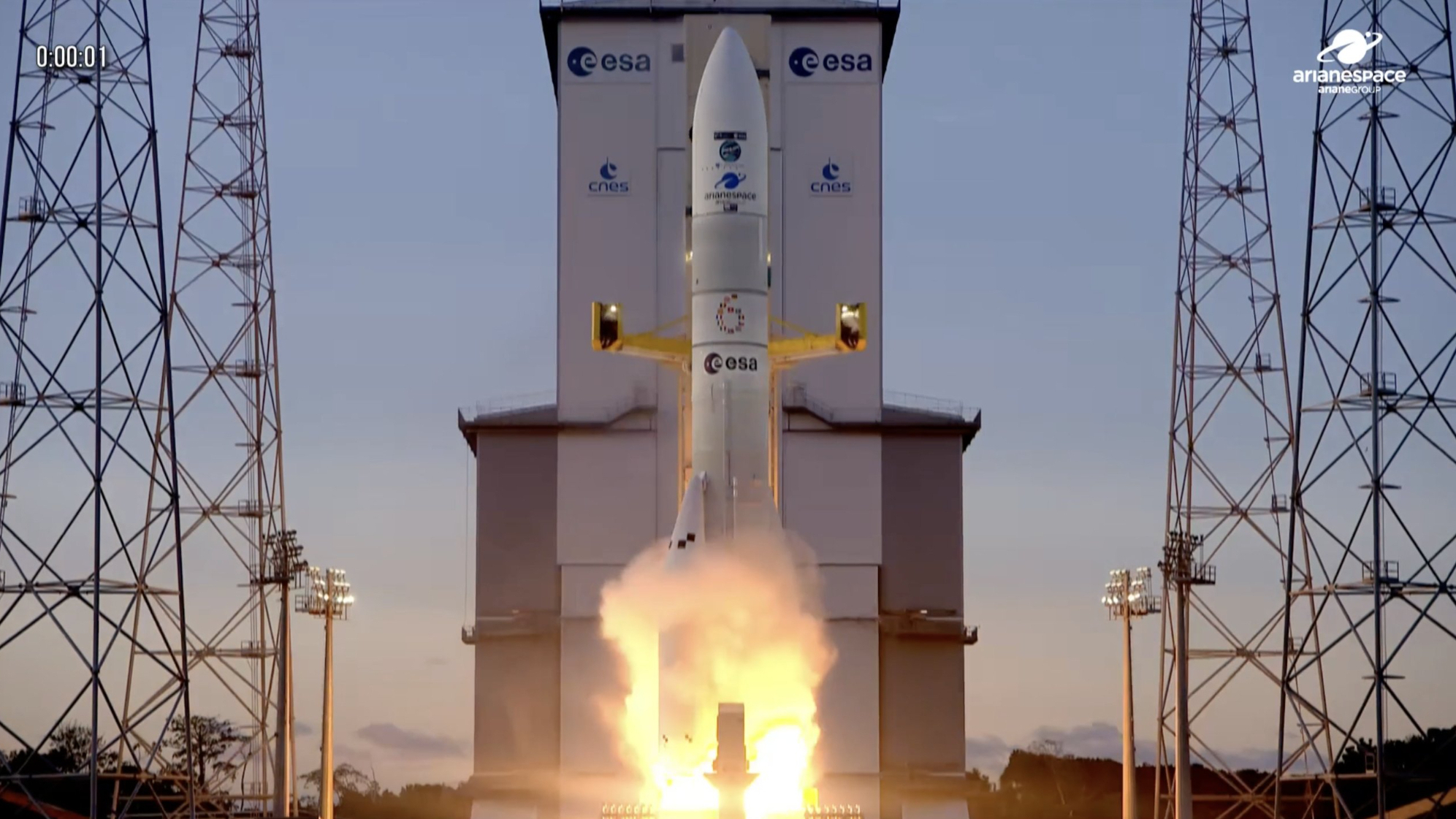SETI Has New Infrared Telescope Tech in Search for E.T.


Scientists searching for signs of intelligent extraterrestial life in the unvierse have a new telescope tool to aid them in their hunt for portential alien civilizations.
Called NIROSETI, short for Near-Infrared Optical Search for Extraterrestrial Intelligence, the instrument saw its "first light" this month at the University of California's Lick Observatory atop Mt. Hamilton east of San Jose. It is built to record levels of light over time so that patterns can be analyzed for potential signals of alien life.
For more than five decades, scientists have been on the lookout for radio signals from other starfolk. But instruments capable of capturing pulses of infrared light have only recently become available. The NIROSETI instrument is attached to the Lick Observatory's Nickel 1-meter telescope, with months of fine-tuning to follow its first-light observation on March 15. [SETI: The Search for Alien Life Explained (Video)]
Shelley Wright, an Assistant Professor of Physics at the University of California, San Diego, led the development of NIROSETI while at the University of Toronto's Dunlap Institute for Astronomy & Astrophysics.
Infrared light penetrates farther through gas and dust than visible light. So this new search will extend to stars thousands rather than merely hundreds of light-years away.
NIROSETI could uncover new information about the physical universe as well – as well as help shape an answer to some big questions: Are we alone? Just how crowded is it out there?
The group making the NIROSETI campaign possible also includes SETI pioneer Frank Drake of the SETI Institute and UC Santa Cruz who serves as a senior advisor to both past and future projects and is an active observer at the telescope.
Breaking space news, the latest updates on rocket launches, skywatching events and more!
Regarding use of NIROSETI there is one downside, according to Drake.
"The extraterrestrials would need to be transmitting their signals in our direction," Drake said in a UC San Diego statement, although he sees a positive side to that limitation. "If we get a signal from someone who's aiming for us, it could mean there’s altruism in the universe. I like that idea. If they want to be friendly, that's who we will find."
Funding for the project comes from the financial support of Bill and Susan Bloomfield.
Leonard David has been reporting on the space industry for more than five decades. He is former director of research for the National Commission on Space and is co-author of Buzz Aldrin's 2013 book "Mission to Mars – My Vision for Space Exploration," published by National Geographic, with a new updated paperback version to be released in May. Follow us @Spacedotcom, Facebook and Google+.

Leonard David is an award-winning space journalist who has been reporting on space activities for more than 50 years. Currently writing as Space.com's Space Insider Columnist among his other projects, Leonard has authored numerous books on space exploration, Mars missions and more, with his latest being "Moon Rush: The New Space Race" published in 2019 by National Geographic. He also wrote "Mars: Our Future on the Red Planet" released in 2016 by National Geographic. Leonard has served as a correspondent for SpaceNews, Scientific American and Aerospace America for the AIAA. He has received many awards, including the first Ordway Award for Sustained Excellence in Spaceflight History in 2015 at the AAS Wernher von Braun Memorial Symposium. You can find out Leonard's latest project at his website and on Twitter.


